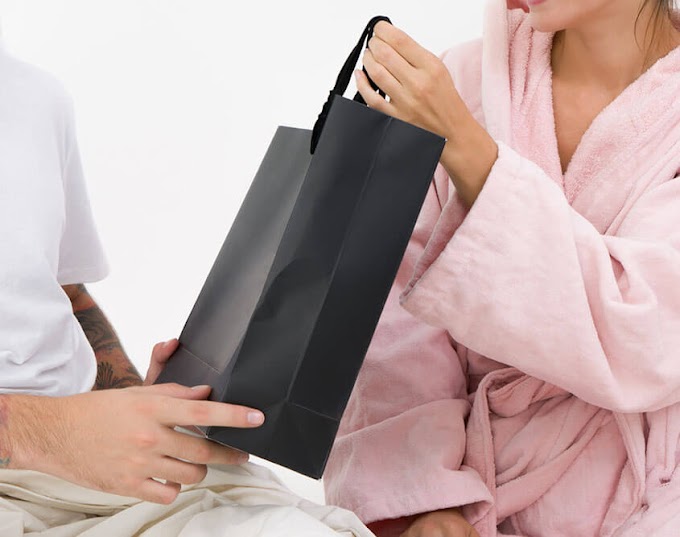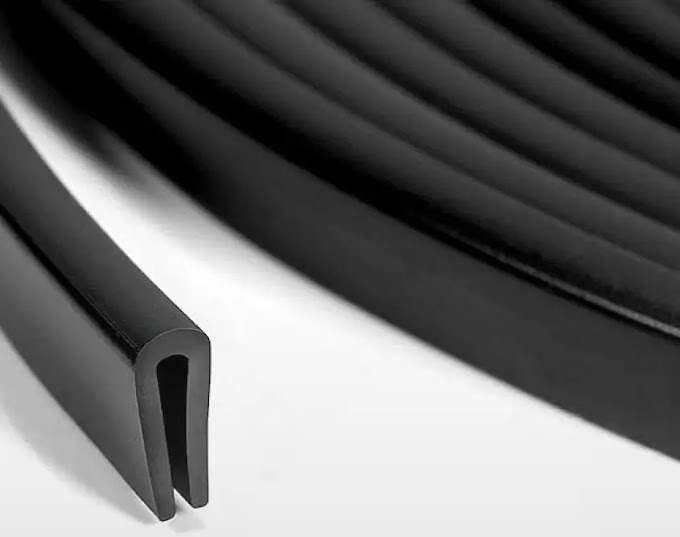Skin problems aren’t simple to deal with. And newborn rashes are among the most common causes of doctor visits, and they're extremely upsetting when they appear on your baby's lovely face. But don't panic, most of them are curable. Most importantly, care for your baby’s skin with organic baby products. Paraben and sulphate free products keep these common baby skin problems at bay.
Here are a few common baby skin problems and ways to treat them for you to learn.
- Baby Acne
It appears that the small reddish facial pimples and pustules on your newborn's face are caused by maternal hormones that pass the placenta. You are not alone in coping with infant acne. Around 20% of babies suffer from it. Furthermore, heat, sobbing, or strong detergents might aggravate the situation. But don't worry, the acne will go away in a few weeks.
Usually, neonatal acne takes three months to clear up. In the meanwhile, you can soothe the skin with moderate, non-soap, pH-neutral cleansers and moisturise the baby's skin with fragrance-free, non-comedogenic lotions. A healthcare professional may offer a prescription to resolve difficult problems.
- Cradle Cap
Cradle cap also referred to as seborrhoeic dermatitis, appears in the first few weeks of life and can reoccur for up to 4-6 months. The cradle cap develops as a result of an invasion of a typical skin fungus/yeast, which happens as a result of stimulation from maternal hormones while the infant is still in the womb. However, it may be an early symptom of atopic dermatitis or atopic eczema in certain newborns.
When it happens, you observe pink to crimson spots on the scalp. Other parts of the body, such as the neck, armpits, and groyne, are sometimes affected as well. Areas may have oily skin covered in flaky white or yellow scales. All these are caused because of an increase in the oil production in the oil glands and hair follicles that is not typical. Also, the infection can be caused by yeast or bacteria.
- Heat Rash
Heat rash, widely regarded as prickly heat or miliaria, is a form of a rash that arises in infants due to their underdeveloped sweat ducts, which are readily obstructed. It is especially common in hot, humid countries like Singapore. Rather than evaporating, sweat becomes trapped beneath the skin, creating irritation and redness.
A few symptoms of heat rash are small, red to clear, pin-pointed pimples that appear over covered areas such as the back and buttocks. And a few of its causes are excessive sweating as a result of hot weather, overdressing a baby or using too much swaddling, dressing the infant in materials that do not ordinarily enable perspiration to escape, a high temperature and heavy lotions and ointments that obstruct sweat ducts.
- Nappy Rash
Diaper rash is a skin irritation in the nappy region that appears red, painful, and irritated. Nappy rash can be caused by a variety of factors, including urine or faeces irritating the baby's skin.
To avoid nappy rash, keep the nappy region clean and dry by changing diapers often and allowing for nappy-free time. At each nappy change, use a barrier lotion like zinc or soft white paraffin to help protect the skin.
A medicinal cream can be used to treat persistent diaper rash. To cure diaper rash, do not use talcum powder or antiseptics. If your baby's skin has become infected with a fungal infection, you will need to use an antifungal ointment. Consult your doctor or pharmacist for guidance.
- Impetigo
Impetigo is a very infectious bacterial skin illness. It produces red lesions and blisters with a yellow crust. It is fairly frequent in children aged 2 to 6 and is typically not serious, although it can be harmful to newborn newborns. It is frequent in scabies-infected children.
If your kid has impetigo, you should take him or her to the doctor, who may prescribe an antibiotic cream, ointment, or pill. This should get rid of the illness in 7 to 10 days. You should keep your child away from childcare or school, as well as small newborns until the sores have healed, which normally takes a few days after therapy begins.









Social Profile